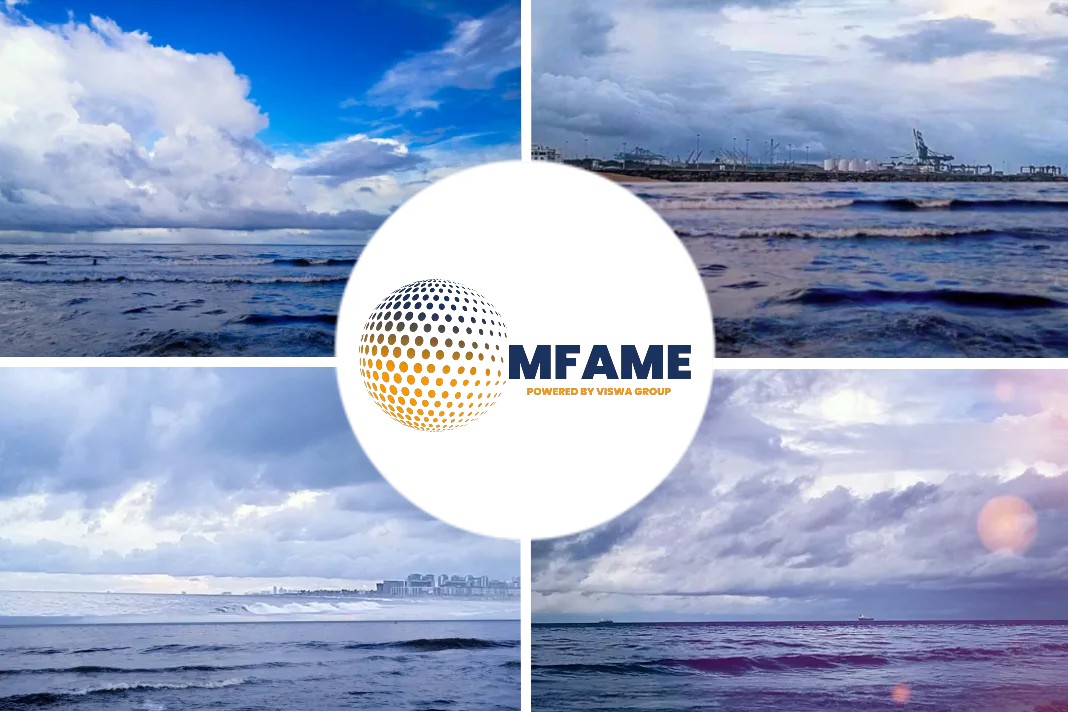- Keppel receives DNV certification for the world’s largest 3D printed fitting.
- Additive manufacturing (AM) is the industrial equivalent of 3D printing.
- The Keppel met international standards and KTI’s project-specific material specification as part of the qualification process.
Keppel Technology & Innovation (KTI) has received a verification certificate for a 3D printed deck mounted type Panama Chock (SWL150Ton) from DNV; the component, intended for non-class maritime applications, is the world’s largest 3D-printed shipboard fitting, says an article published in The Digital Ship.
Panama Chocks are large shipboard fittings for towing and mooring, traditionally manufactured by casting and are welded to a ship as a supporting hull structure. This component was manufactured by KTI’s partner AML3D (ASX: AL3) using its patented Wire Additive Manufacturing (WAM) process, which used medium strength structural steel grade ER70S-6 wire feedstock.
Additive Manufacturing
Additive manufacturing (AM) – the industrial equivalent of 3D printing – is an emerging technology that uses 3D model data to fabricate parts, enabling significant time savings, among other benefits. Wire Arc Additive Manufacturing, or WAAM, can allow a productivity step change in shipbuilding and 3D print marine grade metal structures at a scale beyond other commercially available metal 3D printing technologies.
“KTI has been working on this project with Keppel O&M, DNV, and AML3D since 2019, and we are proud to achieve this endorsement. Keppel is transforming the way it harnesses technology, and KTI is supporting this by collaborating with Keppel business units to innovate and create value. This is in line with Keppel’s Vision 2030, which includes leveraging advanced technologies to drive growth,” said Francois van Raemdonck, managing director of KTI.
Qualification process
A 1,450 kg Panama Chock was designed and produced to meet international standards and KTI’s project-specific material specification as part of the qualification process. Material yield strength was twice that of the original cast material and was produced with acceptable internal soundness confirmed by various non-destructive testing and evaluation methods. Throughout the production and testing processes, there was a close and collaborative engagement between DNV, KTI, and AML3D. Factors such as functional specifications, safety, testing procedures, and acceptance criteria were all subjected to scrutiny by experts.
Did you subscribe to our daily newsletter?
It’s Free! Click here to Subscribe!
Source: The Digital Ship
















